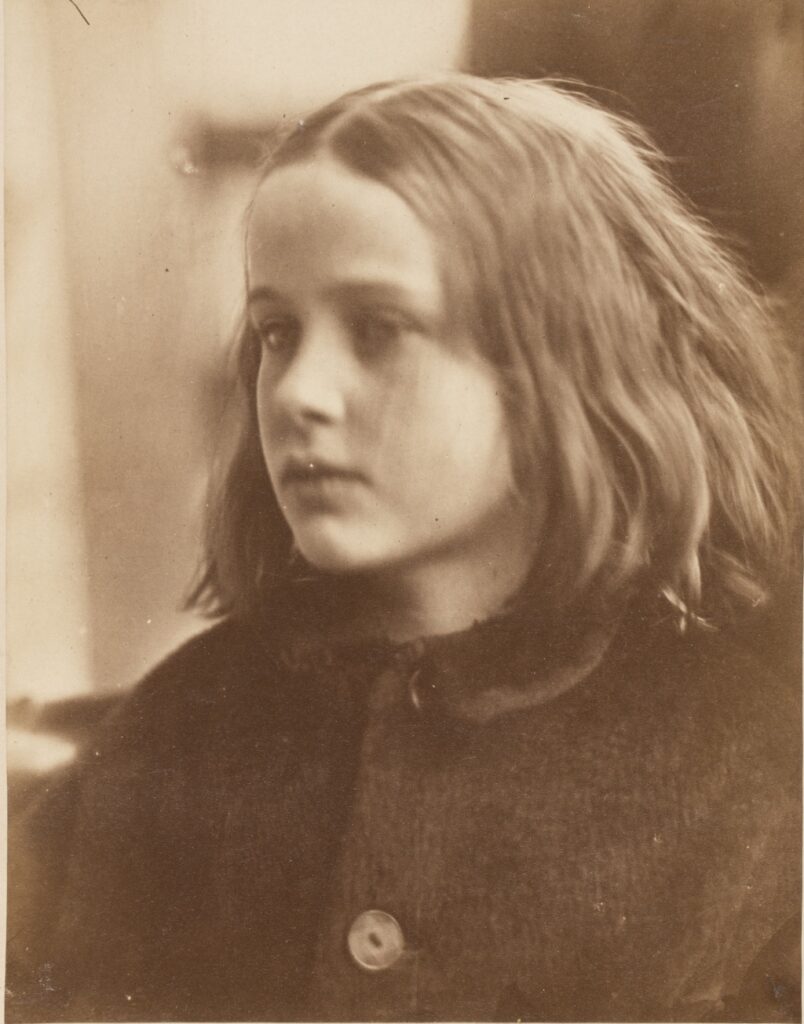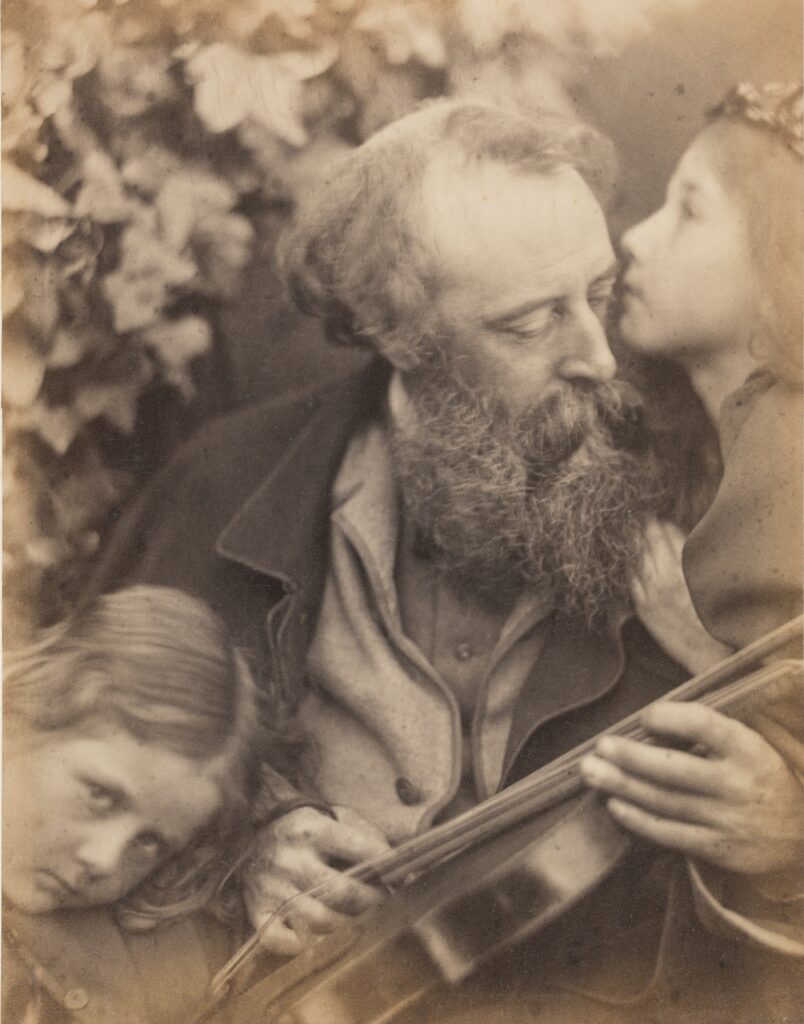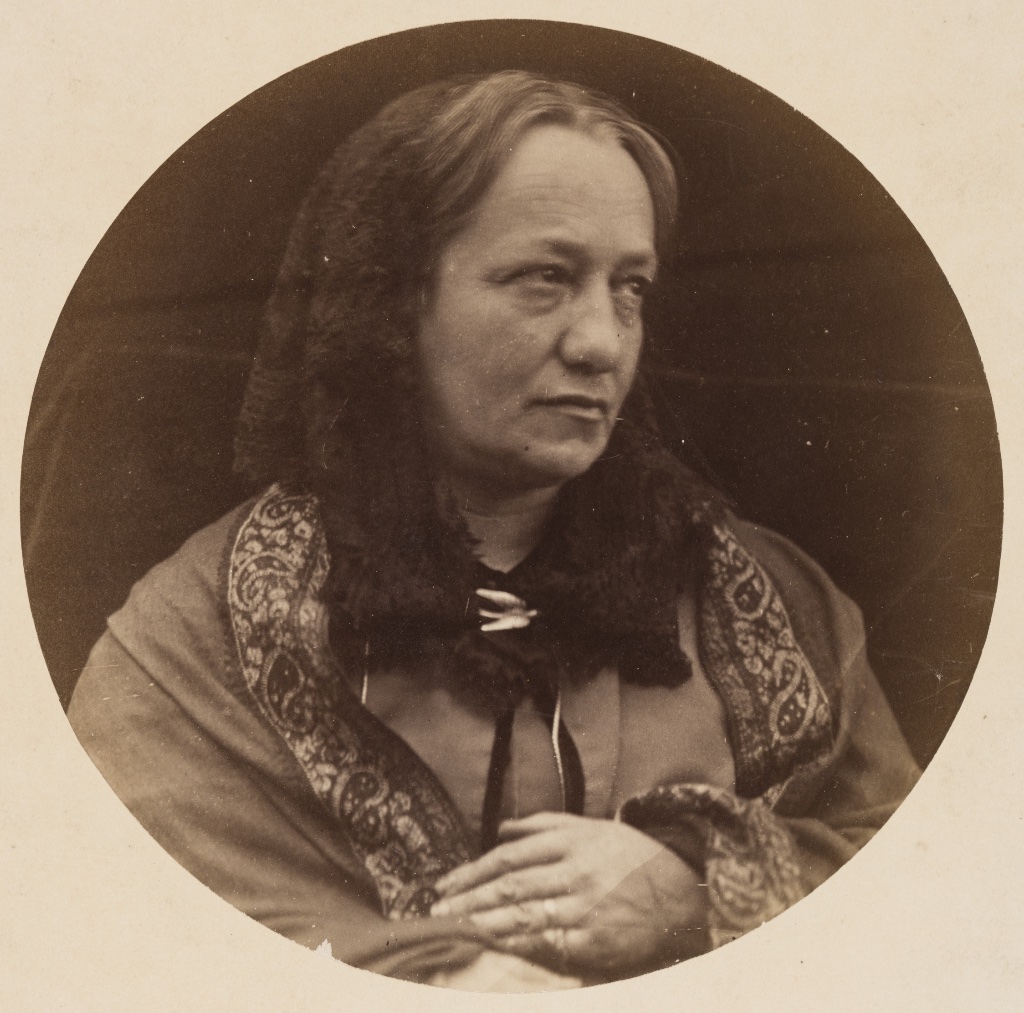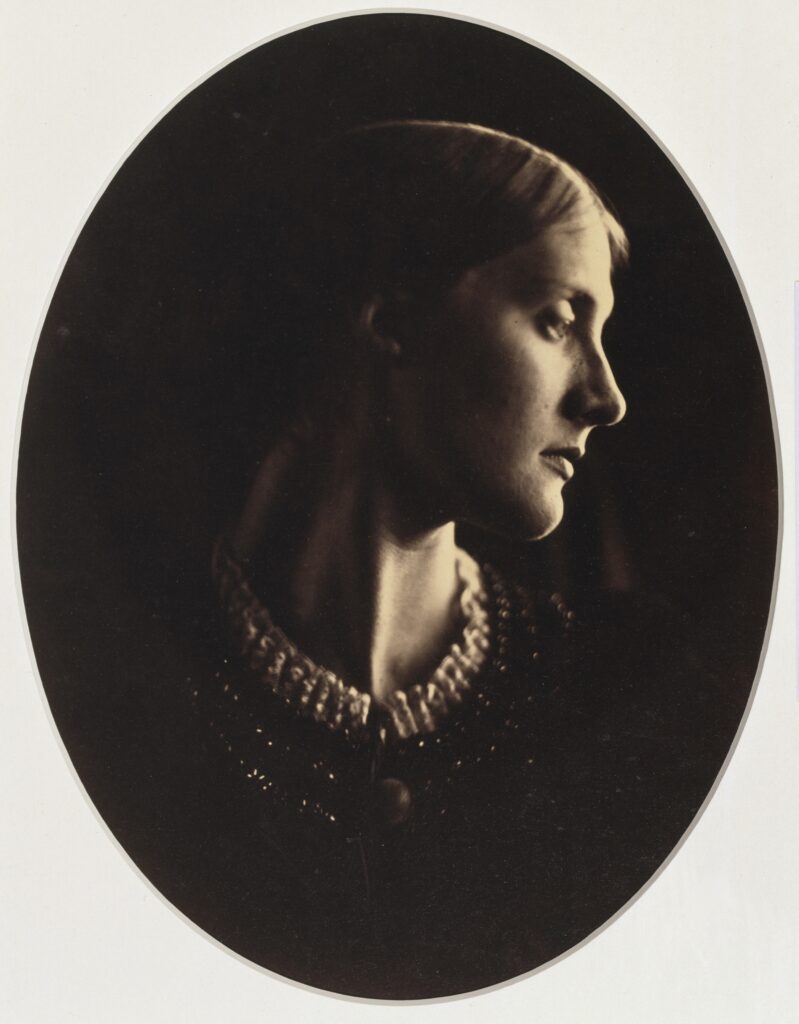
Love her or loath her, Julia Margaret Cameron (1815-1879) is an integral part of the history of photography, and Paris’s Jeu de Paume is giving her her due in the retrospective “Julia Margaret Cameron: Capturer la Beauté (Capturing Beauty).”
When I studied photography many years ago, we learned that Cameron belonged to the school of early photographers who used the new technology to copy the art of the past rather than employing it to establish a whole new art form in itself as others were attempting to do, when they were not using it as a purely documentary tool.
In her day, Cameron’s work was constantly being denigrated by critics, and the exhibition presents many of their derogatory remarks. One oft-repeated criticism of her work was the frequent use of soft focus in her images. Cameron’s response: “What is focus, and who has the right to say what is the legitimate focus?” In 1865, The Photographic Journal, while giving Cameron “credit for daring originality,” added that in her work “all that is good in photography has been neglected, and the shortcomings of the art are prominently exhibited.” The critic then apologized for speaking “thus severely on the works of a lady, but we feel compelled to do so in the interest of the art,” leading one to wonder if the criticism was inspired precisely by the fact that she was a “lady.”

And what an indomitable lady she was! When her husband’s business was in trouble, she saw her new passion for photography (her daughter gave Cameron her first camera in 1863, when she was 48 years old) as a way of improving the family’s finances and set about “in a fever of artistic emotion” photographing the people around her – most of them friends, servants and family members – often dressing them up as historical, religious or mythological figures. Luckily for her moneymaking ambitions, she was a friend and/or neighbor of many prominent Victorians of the day, including Sir Henry Taylor, Charles Darwin, Thomas Carlyle, Sir John Herschel and Alfred, Lord Tennyson. Her portraits of them stand out as some of her finest works.
Although she started out as a total novice and fudged many of her early attempts at picture-taking, within a year she was elected to the Photographic Society of London and was soon copywriting, exhibiting and selling her images.

In 1875, Cameron and her husband left their home on the Isle of Wight and moved back to Ceylon (now Sri Lanka), where they owned coffee plantations. Although she brought her photographic equipment with her (along with a cow and two coffins, for the future use of herself and her husband), the move spelled the effective end of her career as a photographer.
Thankfully, the exhibition leaves out some of Cameron’s cringier allegorical photos, allowing us to marvel at what she did best: striking close-up portraits of prominent men and beautiful women, one of the loveliest of the latter depicting a woman who looks strikingly like Virginia Woolf at first glance, for good reason: she was Julia Jackson, Cameron’s niece and later the mother of Woolf and the artist Vanessa Bell. Years after Cameron’s death, Woolf wrote a play called Freshwater, satirizing her great aunt’s effusive worship of beauty and art, and re-creating the artistic and intellectual Victorian world she moved in and portrayed so well.
See our list of Current & Upcoming Exhibitions to find out what else is happening in the Paris art world.
Favorite
